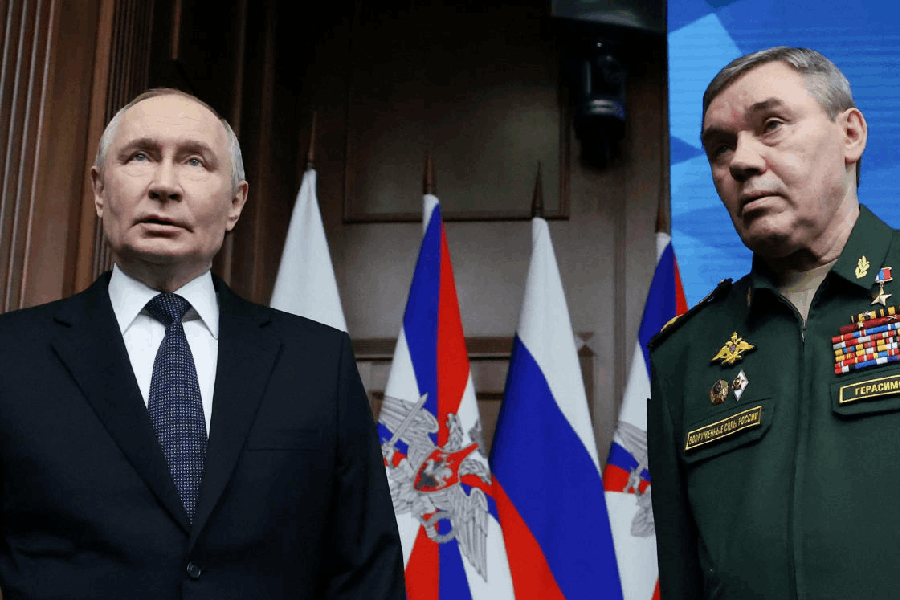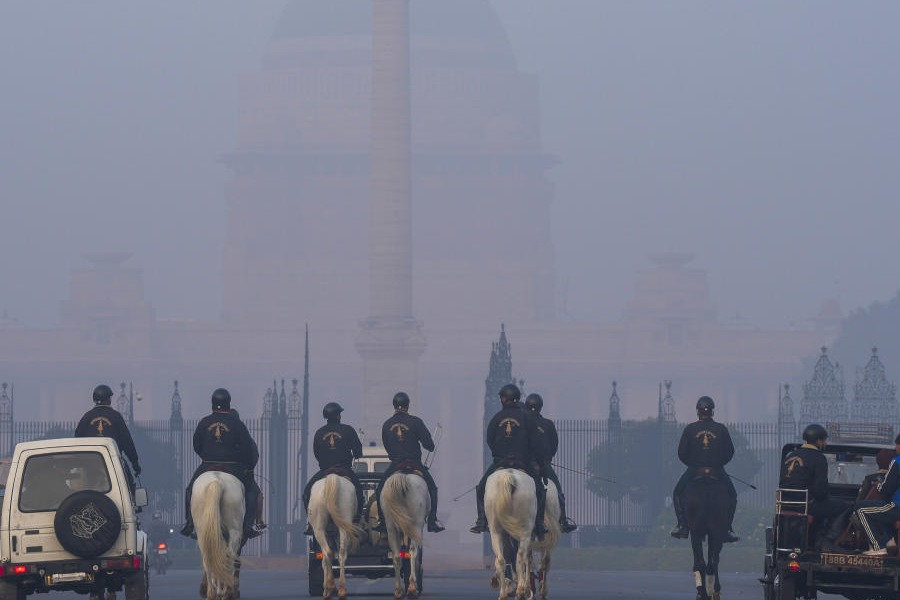 Wednesday, 17 December 2025
Wednesday, 17 December 2025
 Wednesday, 17 December 2025
Wednesday, 17 December 2025
On June 1, Bangladesh’s central bank introduced new currency notes that no longer feature the image of the country’s founding father, Bangabandhu Sheikh Mujibur Rahman. Instead, the redesigned notes depict natural landscapes and traditional landmarks.
Rahman’s absence has sparked criticism from those who see it as part of a larger pattern of historical revisionism. For many, it’s not just a change in design but a rewriting of national memory.
This isn’t the first time a country has replaced political figures on its banknotes. Globally, design changes on money have often followed regime changes, revolutions, or a re-evaluation of historical figures.
Philippines: Aquino exit
In December 2024, the Philippines introduced a new series of polymer banknotes that omitted portraits of political figures, including Benigno Aquino Jr and Corazon Aquino. Both were icons in the opposition against Ferdinand Marcos Sr. and had long held a place on the 500-peso note. The redesign under President Ferdinand Marcos Jr emphasized flora, fauna and indigenous patterns instead.
Libya: Gaddafi erased
Muammar Gaddafi’s image once dominated Libyan currency, most notably on the 50-dinar note. After his fall in 2011, transitional authorities wasted no time in replacing his portrait.
The Central Bank of Libya began withdrawing these notes in January 2012. They were replaced with imagery that reflected a different national narrative — anti-Gaddafi protests, peace doves and historical landmarks.
Iraq: Post-Saddam reboot
Following the 2003 US-led invasion, Iraq’s new administration replaced Saddam Hussein’s image with cultural and architectural motifs.
The notes, which once bore Saddam’s portrait, were replaced with images of the Great Mosque of Samarra and Arabian horses. The change was part of a broader effort to move away from decades of authoritarian symbolism.
Soviet Union: Lenin to landmarks
Vladimir Lenin’s image had long been featured on Soviet ruble notes. After the collapse of the USSR in 1991, the new Russian Federation gradually phased him out.
Post-Soviet banknotes focused on historical monuments and figures like Peter the Great and Yaroslav the Wise. Lenin was no longer a dominant presence by the mid-1990s.
Egypt: Monarchy to republic
Egypt’s King Farouk appeared on the 1-pound note issued in 1950. Two years later, after his ouster in the 1952 revolution, the monarchy was abolished and the notes were redesigned.
King Farouk’s portrait was replaced with symbols from Egypt’s ancient past — most notably, the image of Tutankhamun.







